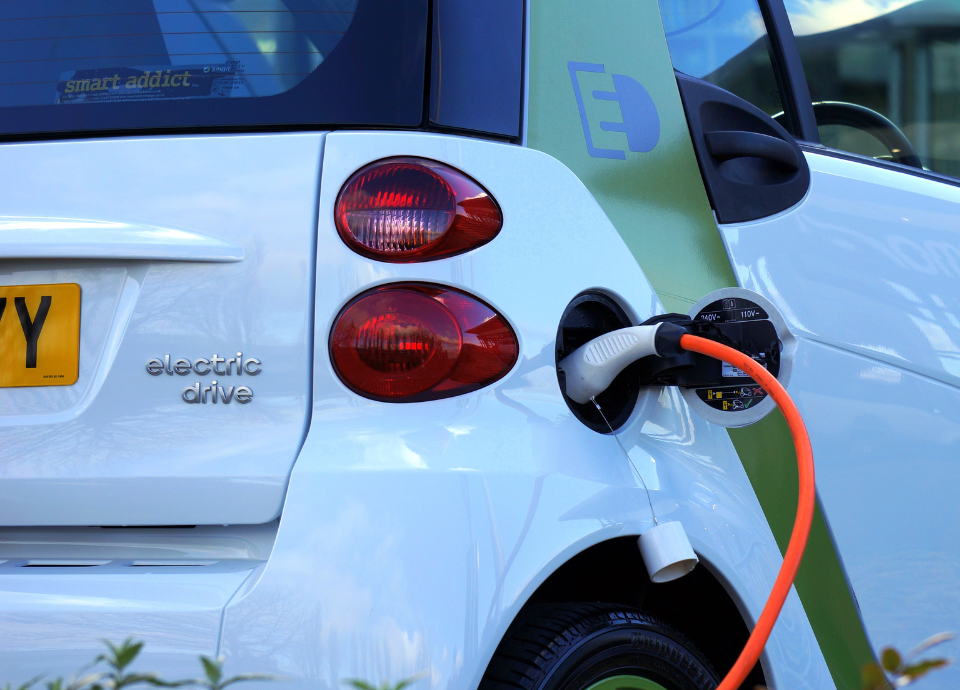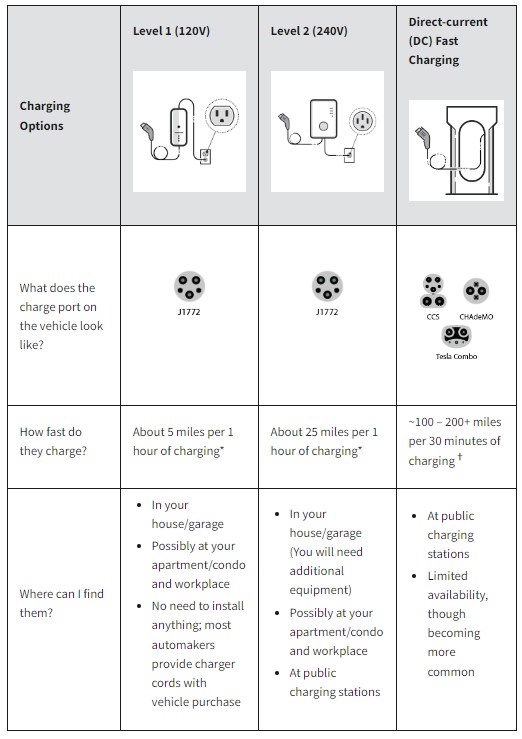

Electric Vehicles are the Future of California as of ban of the sale of all new gas powered vehicles by 2035.
From NBCNews.com, “California regulators voted Thursday (August 25, 2022) to ban the sale of all new gasoline-powered vehicles by 2035 as the state looks to aggressively tackle the climate crisis.
Cars, trucks and SUVs that run on gasoline are some of the largest producers of carbon emissions that pollute the environment.
California’s new rule says 100% of new vehicles sold in the state by 2035 must not emit greenhouse gases. The California Air Resources Board also set an interim goal to have 35% of new cars sold produce zero emissions by 2026, with a 68% goal for 2030.
California to ban sales of all gas-powered cars
The measure, which will take effect in 2035, seeks to address the leading cause of greenhouse gas emissions.
Regulators also set an interim goal to have 35% of new cars sold produce zero emissions by 2026, with a 68% goal for 2030.
Drivers will still be able to operate previously owned gasoline-powered vehicles, as well as buy used gas-powered vehicles.
Drivers will still be able to operate previously owned gasoline-powered vehicles, as well as buy used gas-powered vehicles. The state is also allowing for some new cars sold to be hybrid gas-electric vehicles.” (NBCNews.com)
So, is now the time to take advantage of the current rebates to prepare your home for the future and would it make it more desirable to a buyer if/when you go to sell it?
First – make sure you’re buying the right charger
Did you know the electric “charger” is actually INSIDE the vehicle? The AC current from your home and converted to DC to charge up your car’s battery pack. What you’ll actually purchase is an “Electric Vehicle Service Equipment” or EVSE (wall-mounted box with cord and plug) and allows your car to be safely connected to an electric source.
According to GarageLiving.com, “Depending on the model you drive and your driving habits, you’ll want to install either a 120-volt/12-amp outlet or a 240-volt/20–40-amp outlet. The rule of thumb is: a 240 EVSE service roughly gives you 23 miles (or 37 kilometres) of range each hour of charging.”
Basically, the higher the voltage, the less time it takes to charge your car.
Be sure to have your Charging Station professionally installed and be sure to make sure they are aware of any and all current rebates (See rebate links at the end of this blog).
As per the chart below, a Level 1 charger uses 120 Volt plug which is just a normal voltage in you house. It has a loooonnnggg time to charge. This may take overnight to get the car charged enough to go any distance.
Level 2 uses a 240 Volt – this is the same voltage as your electric range. It’s quicker to charge, but still may take several hours to charge up for any distance.
The fastest is Direct-Current (DC). This almost instantly charges your car 100 to 200+miles per 30 minutes charging but is not suitable for home installation.
Unfortunately, you can’t use just any charger for your car. According to the EPA.gov, “All PEVs can use Level 1 and Level 2 (non-Tesla) chargers. DC Fast Charging, however, is vehicle-specific and not available for all PEVs. If your PEV has DC Fast charging capabilities, it has one of the three types of fast charging ports – CHAdeMO, CCS, or Tesla. Vehicles’ charging ports vary by auto manufacturer, so make sure to check which connector is compatible with your vehicle before charging.
Fortunately, many DC Fast charging stations now provide multiple connector options in order to service as many EVs as possible. You can check if a specific station has your vehicle’s connector in DOE’s Alternative Fuel Data Center’s station locator. Map of available public chargers.”
How much do home charging stations cost?
According to Southern California Edison, a Level 2 station starts around $400 and installation is around $400 to $1,500 plus any electric panel upgrade.
Illustration of Chargers (from the EPA.gov)


Second – how to prepare your garage for your new charger
Electric car batteries do not do well with fluctuating temperatures within your garage. It’s always best to charge your car in your garage and that your garage is insulated.
How much will a charging station add to my monthly electric bill?
According to Investopedia.com, only about $30 to $60 per month and some utility companies will offer discounts for electric car owners.
If you have a solar home, then you have it made!
Can I get reimbursed for installing a charger at home or at my workplace? (EPA.gov)
There may be federal, state, or utility incentives available for installing a level 2 charger. Visit DOE’s Alternative Fuels Data Center to search for current incentives for chargers.
Ready to buy an EV charger? Installing an energy efficient, ENERGY STAR certified electric car charger adds to the environmental benefits and cost savings.
Links to possible rebates:
https://driveclean.ca.gov/search-incentives
https://riversideca.gov/utilities/residents/rebates/electrify-riverside
The ban on gas powered vehicles is only thirteen years away and it’s going to be more expensive to have one on the road. Electric vehicles will start being the norm and homebuyers are going to want a charging station in their new home. Is it something you want to install now?
What are your thoughts?
